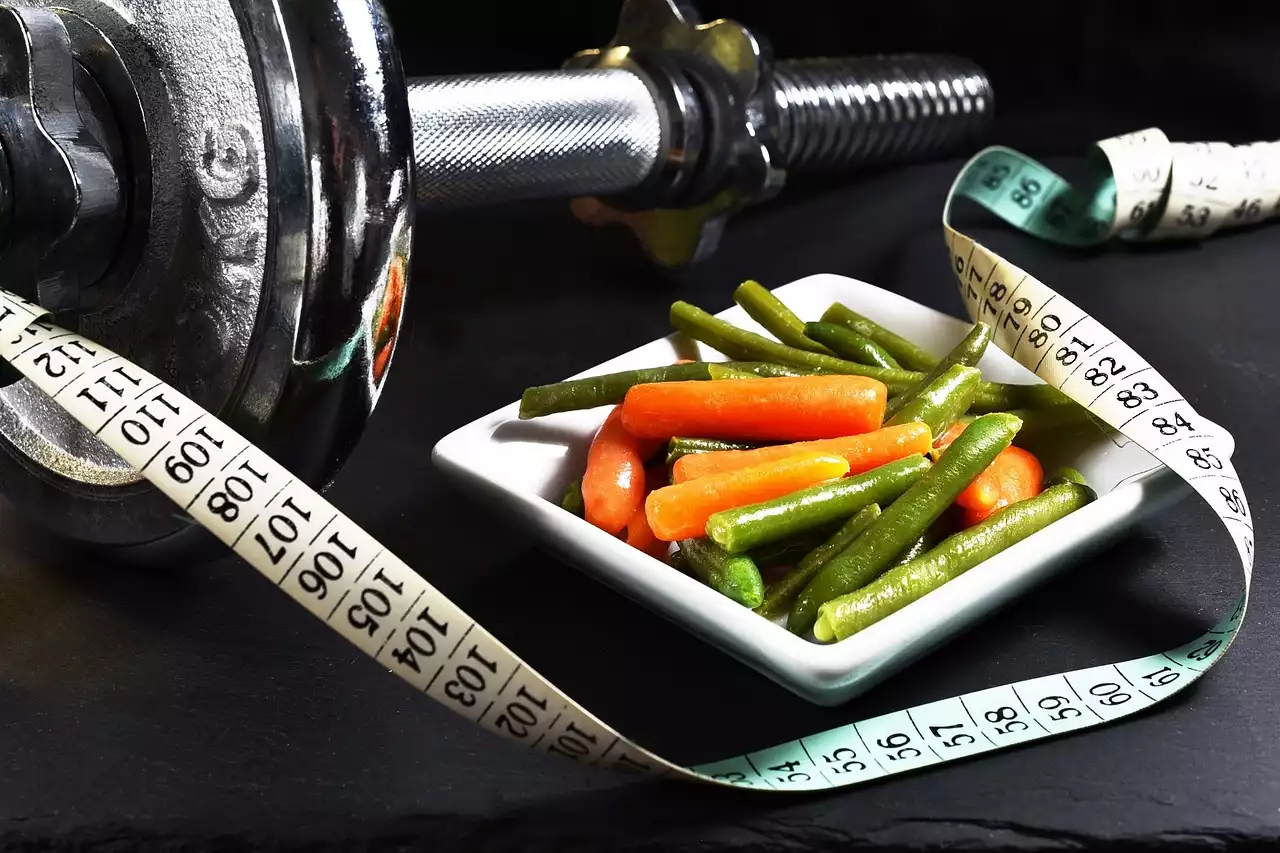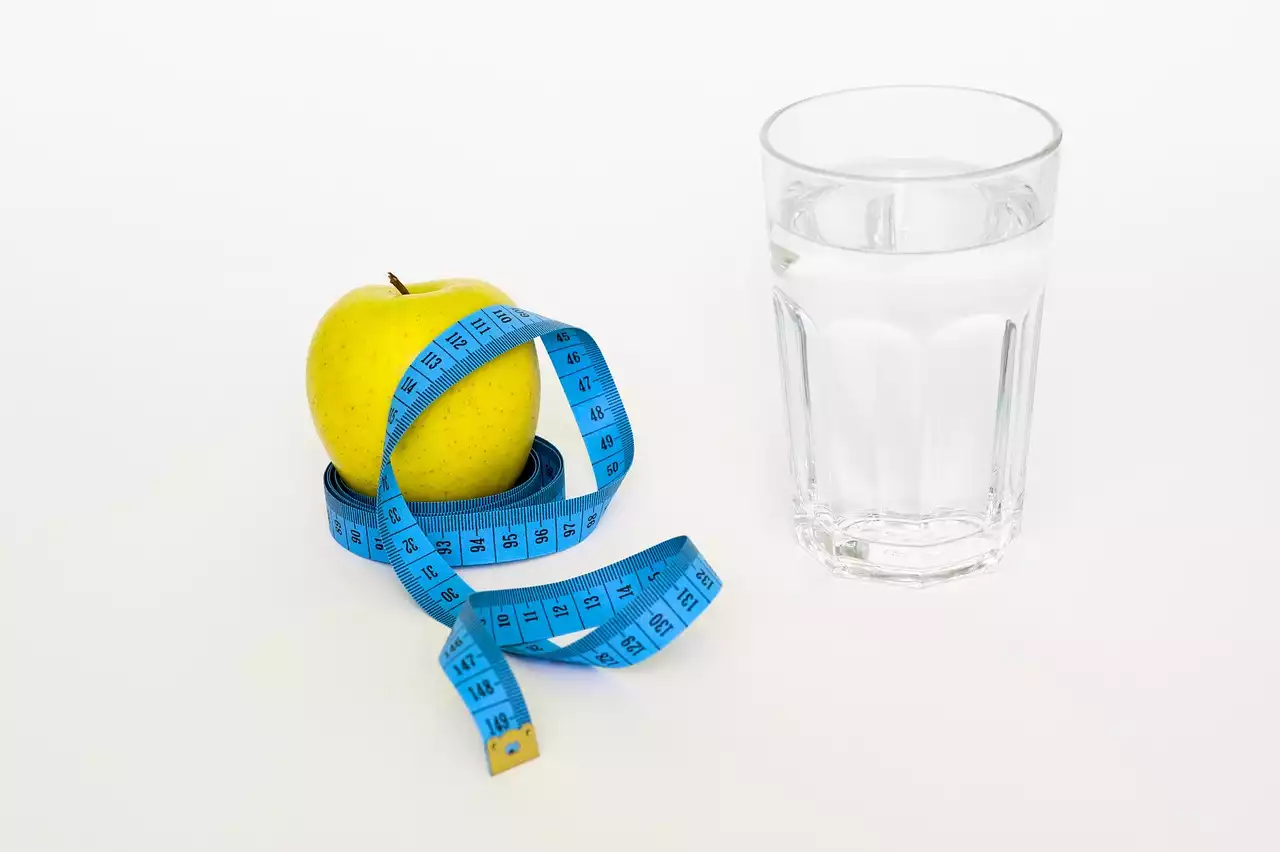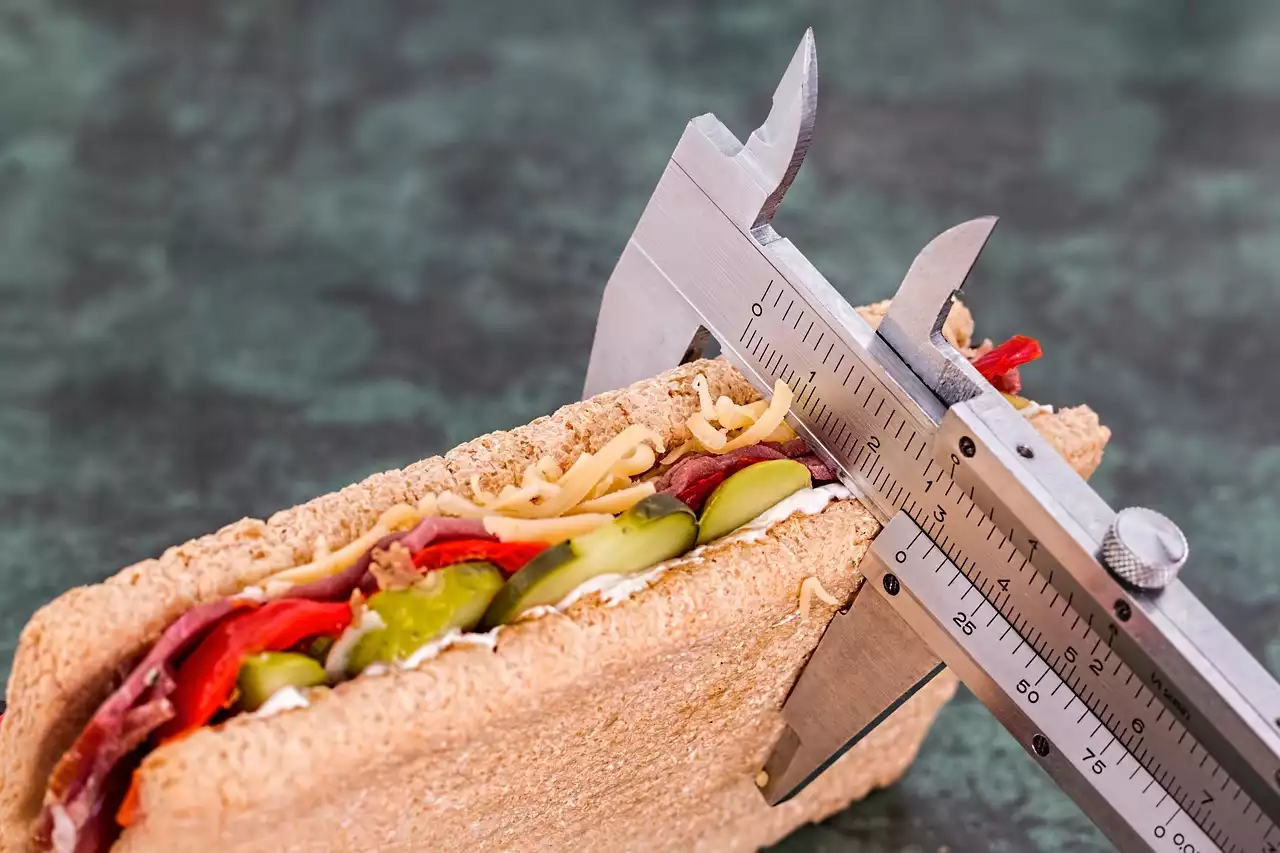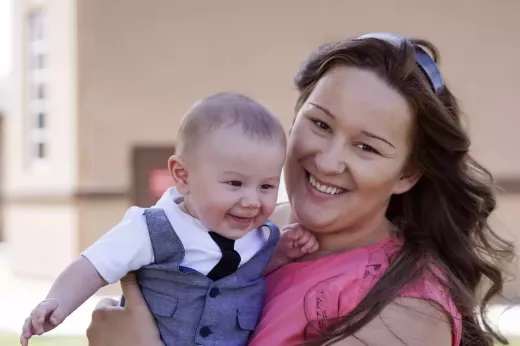Understanding Weight Loss Plateaus
A weight loss plateau is a common occurrence during the weight loss journey where your weight loss progress stalls despite your continued efforts. There are several reasons why this may happen, including a slowing metabolism, hormonal changes, and muscle gain. Understanding the causes of a weight loss plateau is the first step in overcoming it.
Common Causes of Weight Loss Plateaus
One of the most common causes of a weight loss plateau is a reduced metabolism. When you lose weight, your metabolism slows down, which means you burn fewer calories than you did before. This can make it difficult to continue losing weight, even if you are eating the same number of calories and exercising the same amount.
Another common cause of a weight loss plateau is hormonal changes. Hormones such as cortisol and leptin can affect your weight loss progress. Cortisol, for example, is a stress hormone that can increase your appetite and cause you to store fat in your midsection. Leptin is a hormone that regulates hunger and metabolism. When your leptin levels are low, your body may hold onto fat, making it harder to lose weight.
Finally, muscle gain can also cause a weight loss plateau. As you build muscle, your body may not show a decrease in weight, even though you are losing fat. This can be frustrating, but it's important to remember that muscle weighs more than fat.
The Importance of Tracking Progress
Tracking your progress is essential when it comes to overcoming a weight loss plateau. It allows you to see how far you have come and identify any areas where you may need to make adjustments. There are several ways to track your progress, including weighing yourself, taking measurements, and tracking your food intake.
Weighing yourself regularly is a simple way to track your progress. However, it's important to remember that your weight can fluctuate from day to day, so it's best to weigh yourself at the same time each day and track your progress over time.
Taking measurements is another way to track your progress. This can include measuring your waist, hips, and thighs. It's a great way to see how your body is changing, even if your weight is not.
Tracking your food intake is also important. It allows you to see how many calories you are consuming and identify any areas where you may be overeating. There are several apps available that make it easy to track your food intake.
Adjusting Your Diet to Overcome Plateaus
Adjusting your diet is one of the most effective ways to overcome a weight loss plateau. It's important to remember that weight loss is about creating a calorie deficit, which means you need to burn more calories than you consume.
One way to create a calorie deficit is to reduce your calorie intake. However, it's important to do this gradually to avoid feeling deprived. Start by reducing your calorie intake by 100-200 calories per day and monitor your progress.
Another way to create a calorie deficit is to increase your protein intake. Protein is essential for building and maintaining muscle, which can help boost your metabolism. Aim for 1-1.5 grams of protein per pound of body weight.
Finally, consider incorporating more fiber into your diet. Fiber can help you feel full and satisfied, which can reduce your calorie intake. Aim for 25-30 grams of fiber per day.
Incorporating Strength Training into Your Routine
Incorporating strength training into your routine is another effective way to overcome a weight loss plateau. Strength training helps build muscle, which can increase your metabolism and help you burn more calories throughout the day.
Start by incorporating a strength training routine 2-3 times per week. Focus on compound exercises such as squats, deadlifts, and bench press, which work multiple muscle groups at once.
Strength Training
The Benefits of High-Intensity Interval Training (HIIT)
High-Intensity Interval Training (HIIT) is a form of cardio that involves short bursts of high-intensity exercise followed by periods of rest. HIIT has been shown to be an effective way to burn calories and boost metabolism.
Incorporating HIIT into your routine can help you overcome a weight loss plateau. Start by incorporating 2-3 HIIT sessions per week. Begin with 30-second intervals of high-intensity exercise followed by 30 seconds of rest. Gradually increase the intensity and duration of your HIIT sessions over time.
The Role of Rest and Recovery in Weight Loss
Rest and recovery are essential when it comes to weight loss. Your body needs time to recover and repair after exercise, which can help you build muscle and burn more calories.
Make sure to incorporate rest days into your routine. Aim for at least 1-2 rest days per week. On rest days, focus on stretching, foam rolling, and other forms of active recovery.
Additional Tips for Overcoming Plateaus
In addition to the tips above, there are several other things you can do to overcome a weight loss plateau. These include:
- Drinking plenty of water: Water can help you feel full and reduce your calorie intake.
- Getting enough sleep: Lack of sleep can affect your metabolism and make it harder to lose weight.
- Increasing your NEAT (Non-Exercise Activity Thermogenesis): NEAT refers to the calories you burn during non-exercise activities such as walking, standing, and fidgeting. Increasing your NEAT can help you burn more calories throughout the day.
- Trying new exercises: Incorporating new exercises into your routine can challenge your body and help you overcome a weight loss plateau.
Celebrating Small Victories Along the Way
Finally, it's important to celebrate small victories along the way. Weight loss is a journey, and it's essential to acknowledge the progress you have made. Celebrate small victories such as hitting a new personal record in the gym or fitting into a pair of jeans that didn't fit before.










